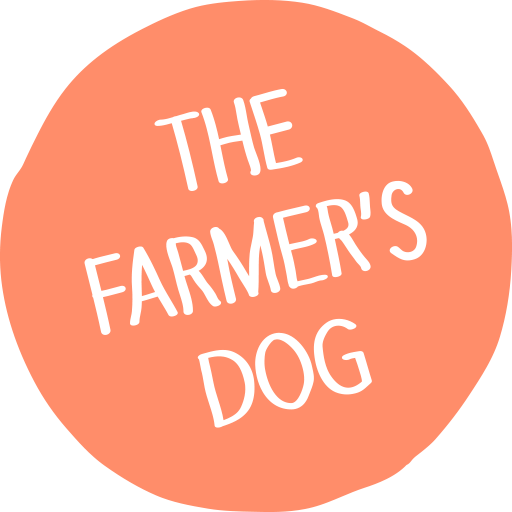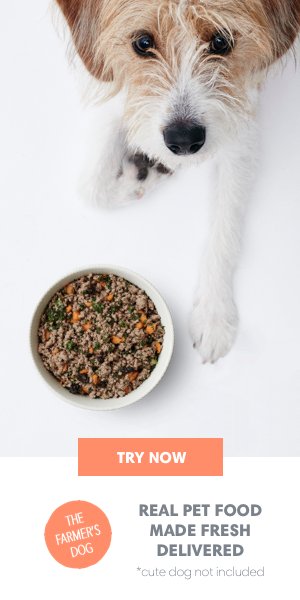The 11 dog food label tricks every owner needs to know

Health-conscious consumers are skilled at deciphering nutrition facts labels. We know to monitor our sodium intake, avoid carrageenan and high fructose corn syrup, and understand that even organic, all-natural potato chips are still chips.
Pet food products, however, remain a mystery. Pet food marketing aims to paint a picture of health (think: images of farms and fresh vegetables on a shelf-stable bag of brown kibble), and every company promises to be the best option for your dog. It’s tempting to throw in the towel on label vigilance in the pet food aisle and blindly believe the bags, but understanding your dog’s food labels is just as important as carefully examining your own.
Step one: learn to recognize the food label tricks that most pet companies are using.
First ingredient
The USDA defines “natural” as a product that has no artificial ingredients or added color, but doesn’t account for additives like antibiotics, growth hormones, or other chemicals. The term is so broad that the FDA is still struggling to come up with a legal definition for it. Legally speaking, there is no required difference between foods labeled “all-natural” and “natural.” Natural is not necessarily organic, but organic must be considered natural.
Gourmet
We associate the term with fresh veggies and farm-to-table dining, but there are no legal regulations that determine when this term can be used on food labels.
Grain-free
A product sans grain is technically free of corn, soy, wheat, barley, and oats. Grain-free products, however, are not necessarily low-carb; in reality, grain-free dog foods tend to have just as many carbohydrates as dog food that is not grain-free, especially when high-starch items, like potatoes, are used to replace grain.
Cage-free and/or free-range
“Cage-free” is exactly what it sounds like: poultry that hasn’t been raised in a cage. But don’t be fooled — cage-free isn’t as free or spacious as it sounds. Chickens raised for meat (even those that are “cage-free”) are typically kept in tight, indoor spaces that are cramped and uncomfortable. By USDA definition, “cage-free” and “free-range” only require that animals have had access to the outside.
Grass-fed
Though we might often associate “grass-fed” with “free-range,” one does not guarantee the other. Technically speaking, cows can be grass-fed and still contained, only let out to graze for short periods at a time. Though the USDA regulates how the term is used on labels, it does not regulate how, in practice, the “grass-fed” animals are actually fed.
In the end, we recommend feeding only from the best dog food companies you know you can trust, and ideally choosing fresh food whenever possible. Stick to foods you can see and the whole feeding process becomes a lot less tricky.
Image: @jenikrauze





